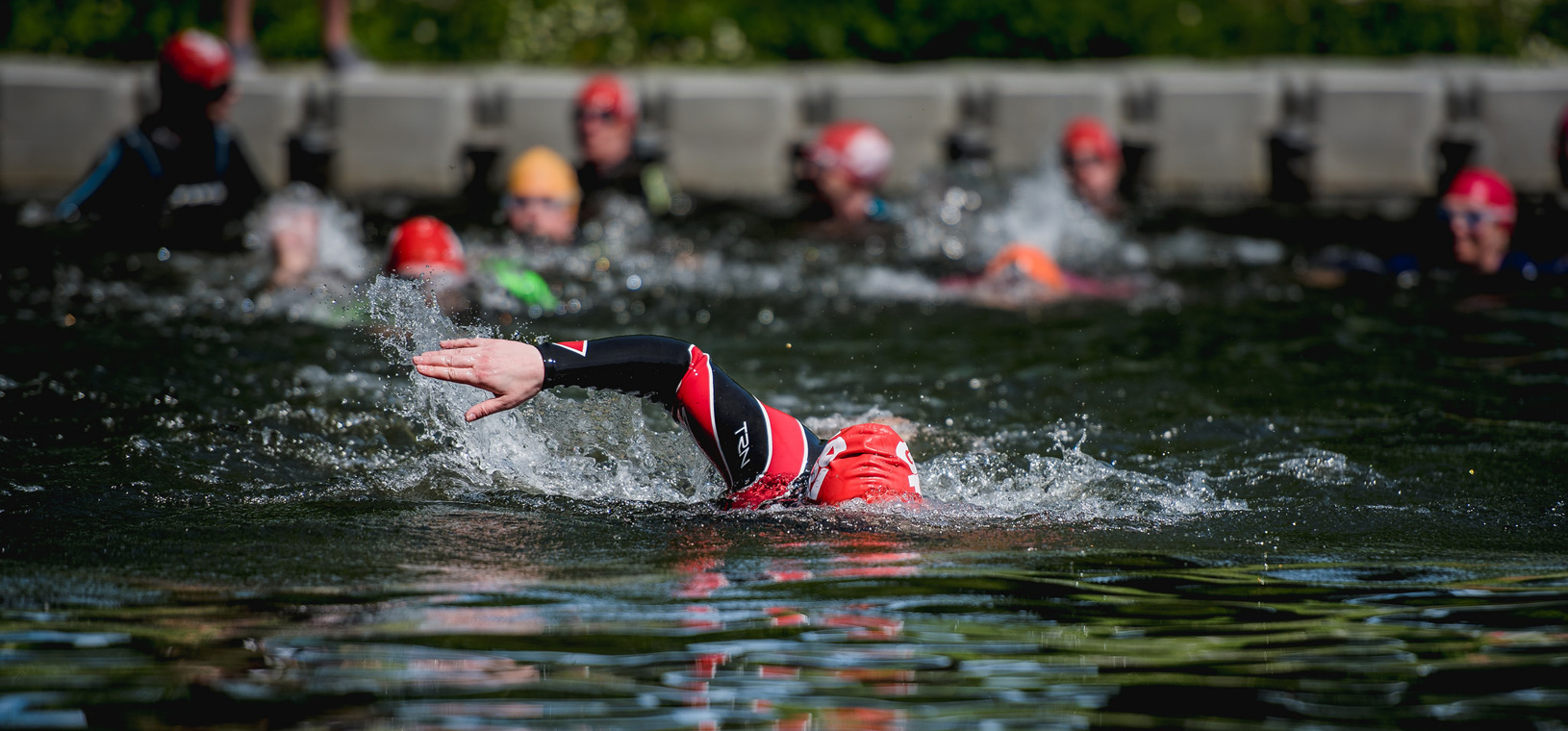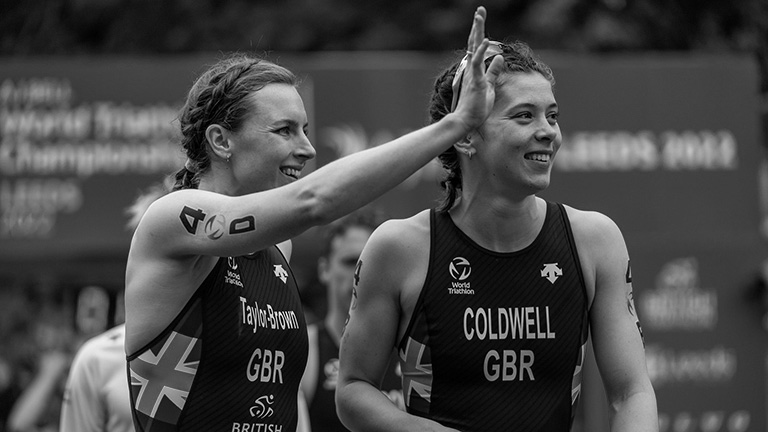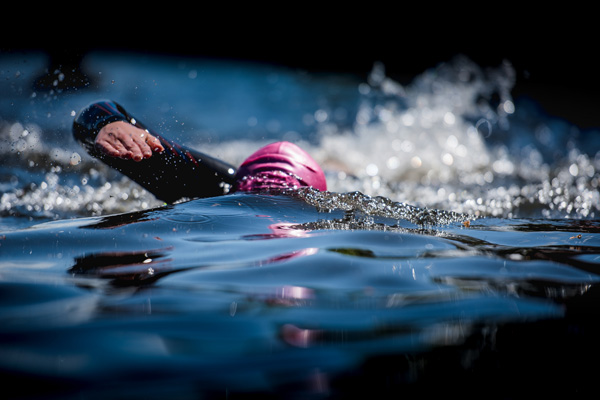Taking to the open water for the first time can be a daunting task, but if you're looking to take on a triathlon with an open water swim leg, it's a feat you'll need to overcome. We've got some top tips for helping you transition from the pool to open water positively.
-
Train in Open Water
If you’ve entered an event where the swim leg is in open water, or if you intend to enter an open water race, ensuring you have trained in open water before hand will be a big boost to your confidence, and the race. There’s notable differences to swimming in open water to swimming in the pool including lack of lane markers, no walls and considerably more people.
If you’re not able to train in open water prior to your event, try to get the feel of open water by not touching the walls when turning, swimming in groups and getting used to swimming in straight lines without the help of indoor markers.
-
Eat and Hydrate Well
Stick to your pre-race diet on the run up to your race, the best preparation you can do is sticking to what you know before the day. Trying new supplements or routines on the day of an event is not ideal as you won’t have any idea how your body will react.
Keeping hydrated is just as important in open water swimming as it’s easy to get dehydrated. Make sure you drink plenty of fluids for two days before hand, but be careful not to bloat!
Look for an accredited SH2OUT venue for open water swimming at www.sh2out.org
-
Learn to breathe on both sides
There is likely to be a side you prefer to breathe on when you’re swimming, especially in front crawl. However, in open water there’s likely to be people either side of you, so you’ll need to take precautions on your breathing technique.
If there’s someone directly next to you, it may be worth breathing on the other side to avoid a face on clash or losing your goggles! Practicing breathing on both sides… just in case!
-
Learn the course
Even if you’ve done a lot of open water swimming practice, it’ll still be beneficial to learn the course you’ll be swimming on the day of the event. You may find yourself alone on the swim and won’t be able to rely on someone else for direction, so if you know where buoys and markers are beforehand it’ll make your race less stressful.
Landmarks such as trees or houses will help to guide you in a straight line and give you an idea of where the buoys are, as you won’t always be able to see them from the water.
-
Acclimatise
It may seem obvious but the open water is likely to be much colder than an indoor, or even outdoor pool. If you’re used to swimming in a heated pool, or even if it’s not, you’ll still be in for a shock when you get in the open water for the first time.
Allow yourself time to acclimatise before the race where possible, get in the water early and get used to the temperature – even in a wetsuit it’ll take some time. If it helps wear two swim caps to fend off the cold and earplugs can also help keep you warm.
-
Drafting
Drafting is a big part of open water swimming that you don’t get in an indoor pool. Sometimes it can be a real benefit if for example you’re hanging on to a faster group of swimmers, but it could be less useful if you’re stuck with a slower group and don’t know how fast you’re going.
Drafting does come into its own if you want to save your legs for the bike and run but if you’re looking to improve your swim time, be wise when drafting.















